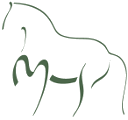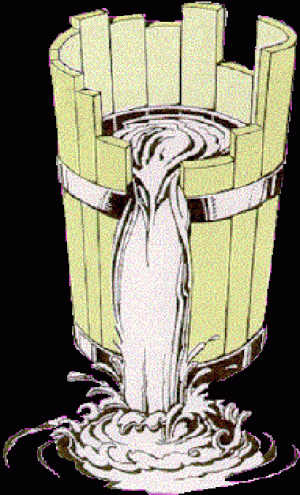What is dressage
Before the year of 1900, there were no dressage horses. The first dressage competition was held in the end of the 19th century. Before that, no one talked about dressage horses, they talked about the dressage of the horse.
I am not sure about the English language, but in Swedish, we use the word dressage about dog training too. But when we talk about dogs, dressage means to teach the dog to obey. That is how they used the word about horses too in older days.
So what is dressage for me?
First, it is about finding the communication between the rider and the horse. That is often called obedience but since many people find that a negative word I prefer the word communication.
Then, it is to exercise the body of the horse, to make the horse stronger, more balanced, subtle and more mobile.
So dressage is communication and gymnastics. Dressage improves the horse, and it improves every horse. You don't need a special dressage horse to have use of good dressage and good riding. In fact, the not so good horse needs the dressage even more.
Dressage doesn't require dressage horses - Dressage creates dressage horses.
We also have a third level of dressage, and that is when the training is done and the horse can work, no matter if it is a ranch horse, a bull fighter or a show jumper.

